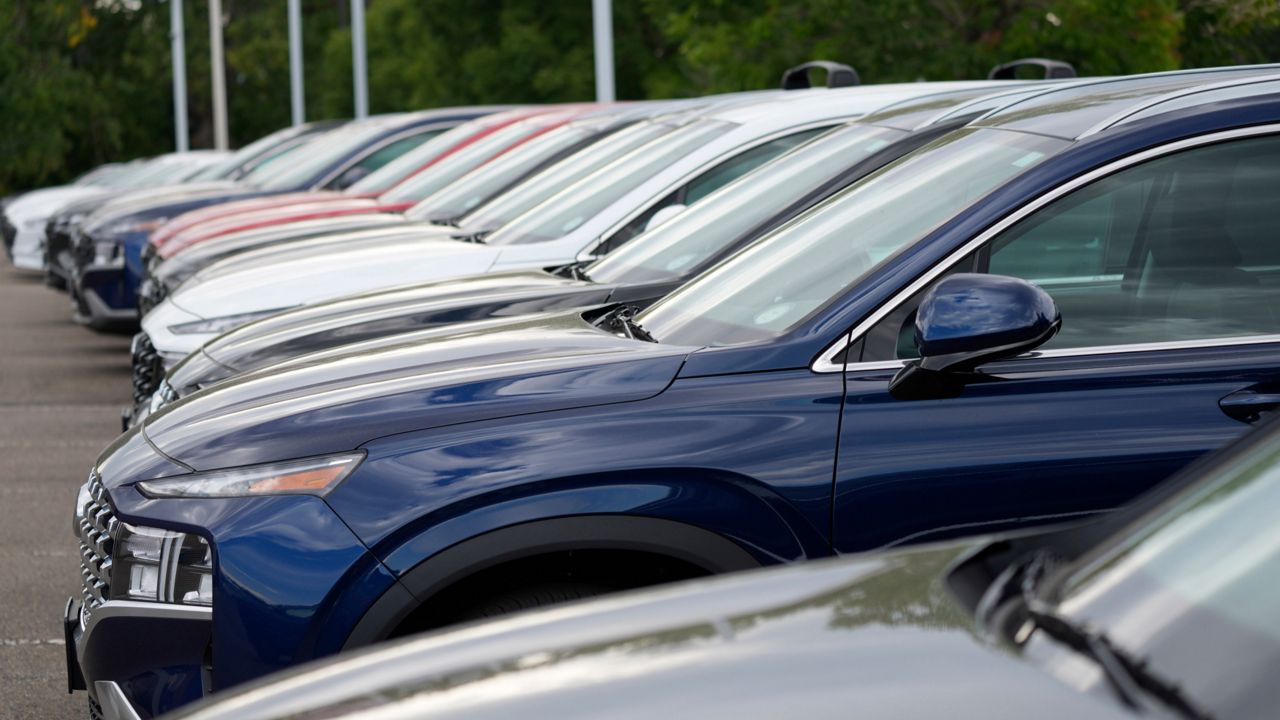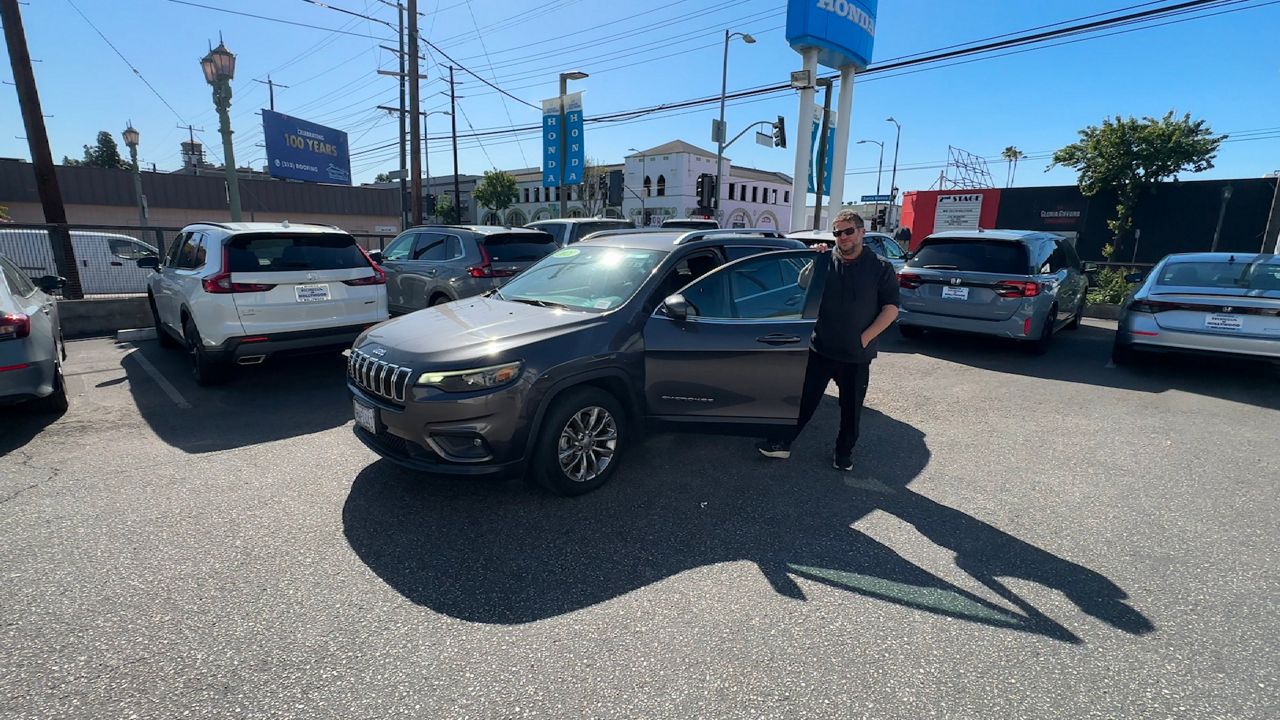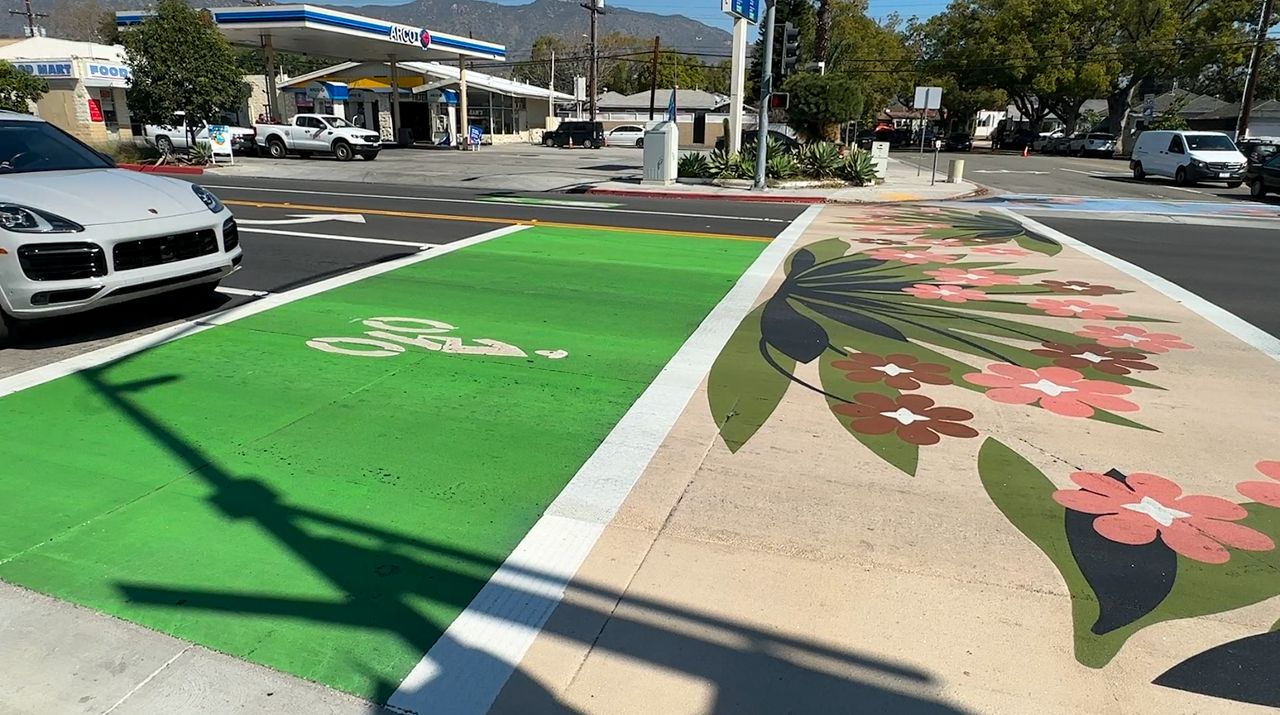Used car prices have been dropping in recent months, but so has consumers' ability to afford them, according to a new study from iSeeCars.com. Used car affordability fell 26.7% from August 2019 to August 2022 — double the rate for new cars.
“Due to supply chain shortages and increased demand, the rising prices of new and used cars have outpaced income growth,” iSeeCars Executive Analyst Karl Brauer said in the report’s analysis.
The average price of a used vehicle increased 52% between August 2019 to August 2022, whereas incomes increased just 13%, the study found.
According to iSeeCars, 33 used cars that were affordable between April and December 2019 were no longer affordable from January through August 2022. Topping the list of three-year-old models that are now out of reach for many used car shoppers is the Toyota Avalon, now selling for $13,181 more than it did in 2019. The Chevrolet Traverse, Volvo S60, Ford Mustang and Acura TLX round out the top five.
“This is yet another indicator of how drastically prices have shifted on used cars in recent years,” Brauer said. “When you have a used Toyota RAV4’s price going from $20,534 to $32,090 in three years, there’s a clear indicator of affordability lost.”
For its car affordability index, iSeeCars compared median household incomes with idealized incomes for car financing. An idealized income is based on a typical 36-month used vehicle loan rate, for which a car payment is no more than 10% of a household’s annual income.
In 2019, the used car affordability index was an almost perfect 99.5. A value of 100 means a household income is equal to idealized income for a car purchase. Values below 100 means cars are less affordable. The index fell to 93.4 in 2020 at the outset of the pandemic and plummeted to 81.8 in 2021. It is now 72.0.
“This coincides with higher used car prices and the lack of used car inventory due to the decrease in new vehicle production, which ultimately led to used car shoppers paying more for their desired vehicles,” Brauer said.
The iSeeCars report also looked at affordability for new cars. Based on a 60-month loan rate, four cars that were affordable between April and December 2019 were no longer affordable from January to August 2022, including the Nissan Frontier, selling for $12,687 more than it did in 2019, the Chrysler 300, Kia Sorento and Jeep Cherokee.
“People still need to replace their vehicles, so the resulting drop in affordability means shoppers are either taking longer loan terms and paying higher interest rates, putting down less money for a down payment or even forgoing the kind of car they originally wanted for a lower cost model in order to make ends meet,” Brauer said.










